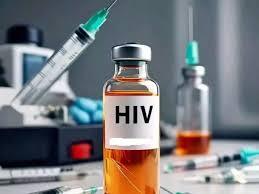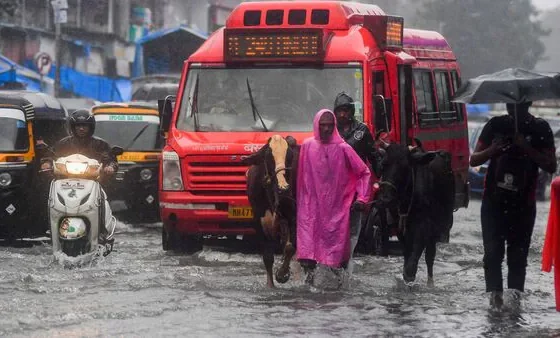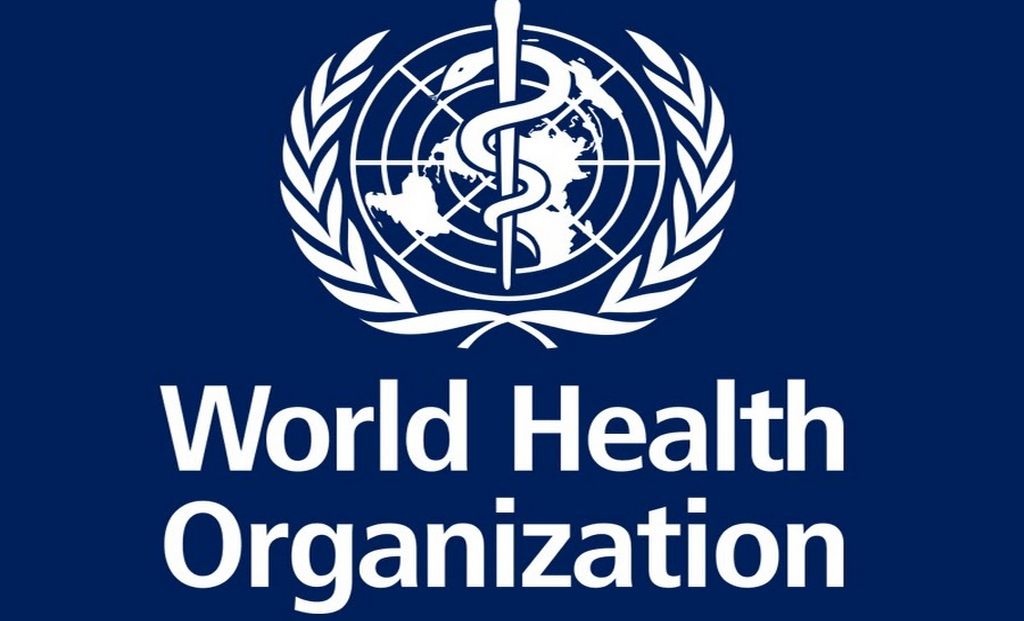The Ministry of Health has said that Delhi has the maximum number of cases of the Omicron variant of COVID-19 in India. The rise in the number of new cases in the national capital has been observed for the past few days. Considering this, Delhi Chief Minister recently issued a ‘yellow alert’ These alerts are issued under the Graded Response Action Plan (GRAP). But there are very few people who are aware of the parameters on which yellow and various levels of alerts are issued. The Delhi Disaster Management Authority (DDMA) has drafted guidelines that will help the administration to respond to the coronavirus. The GRAP mainly has 3 parameters – positivity rate, cumulative new positive cases of COVID-19, and average oxygenated bed occupancy. Based on these, there are four levels of alert that can be recommended in the national capital.
Here’s all you need to know about Yellow, Amber, Orange and Red Alerts:
Yellow Alert: This alert is issued when the positivity rate is over 0.5 per cent for two consecutive days. Also, it can be sounded if the cumulative fresh cases remain over 1,500 for a week or the average occupancy of oxygen beds in hospitals remains 500 for straight seven days.
Under this alert, the odd-even formula is used for shops in markets and malls that are not dealing with non-essential goods and services. They will have to operate between 10 am to 8 pm. Only weekly markets will be allowed but the capacity of vendors needs to be comparatively low. While barber shops, saloons, construction activities will go as normal, restaurants and food outlets, bars, Delhi metro will function at a max 50 per cent capacity.
Amber Alert: This alert is sounded when the positivity rate remains over 1 per cent for two consecutive days or the number of positive cases remains over 3,500 for a week or the average occupancy of oxygen bed goes up to 700 for seven consecutive days.
Under this, all public parts, barber shops, salons will remain closed. Markets will be allowed to open only from 10 am to 6 pm. Metro can run only at 33 per cent of its capacity and buses will operate at 50 per cent of their capacity. No more than 20 people will be allowed to attend marriages and funerals. The weekend curfew will also be imposed.
Construction and e-commerce services are all fully allowed.

Orange Alert: If the number of daily cases goes up to 9,000 for seven consecutive days and the average occupancy of oxygen beds in hospitals remains over 1,000 in the same period.
Under this, Delhi Metro, malls and markets will remain close. Only essential services will be allowed. E-commerce services will be allowed only for essential items. All construction activities will stop and private offices will be closed, except those exempted.
Red Alert: It will kick in if the test positivity rate crosses 5 per cent for two consecutive days or the number of cases increase by 16,000 for a week. Red alert can also be sounded if the oxygen bed occupancy remains 3,000 or above from over a week.
The full lockdown is implemented.











